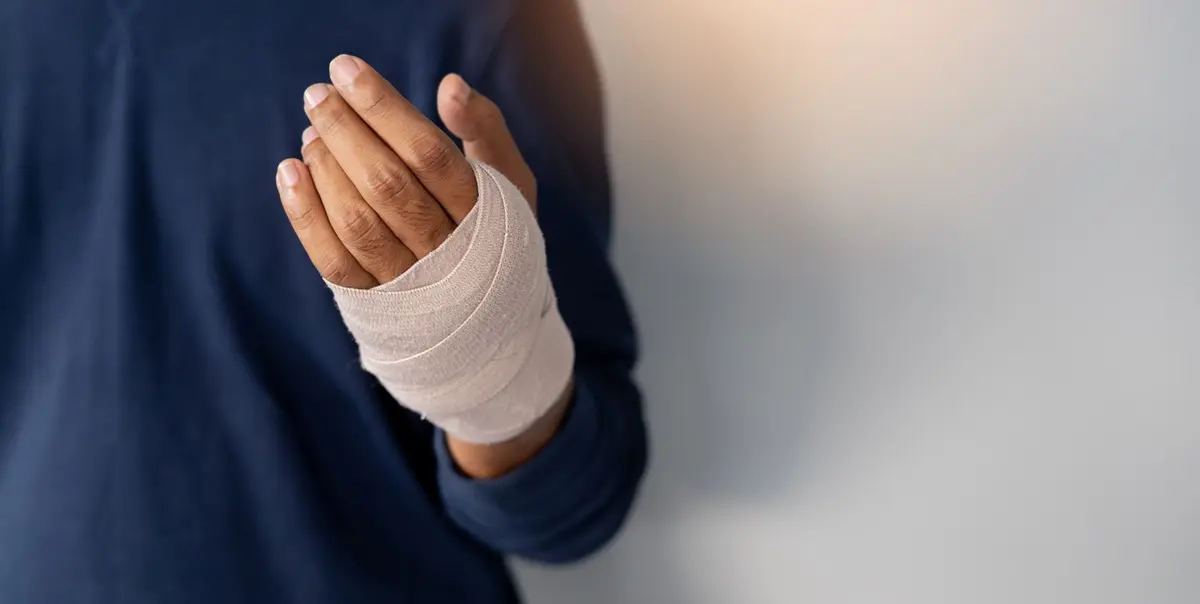Table of Contents
Surveillance footage plays a crucial role in personal injury cases, providing clear and objective evidence that can significantly impact the outcome of your claim. In Mississippi, where visual evidence can make a substantial difference, understanding how surveillance footage can be used in your case is essential. Here’s how surveillance footage can aid in proving personal injury cases and what you need to know about utilizing this evidence effectively.
Types of Surveillance Footage
- Public Surveillance Cameras: These are often located in places like parking lots, street corners, and public buildings. Footage from these cameras can capture incidents such as car accidents, slip and falls, or other types of accidents.
- Private Security Cameras: Many businesses and residential properties have security cameras that monitor their premises. This footage can provide valuable evidence in cases involving accidents that occur on private property, such as slip and falls or assaults.
- Dashcams: In car accident cases, footage from dashcams can be instrumental. They provide a firsthand account of the accident, including the actions of all parties involved and any contributing factors.
Benefits of Surveillance Footage
- Objective Evidence: Surveillance footage offers an unbiased, visual record of the incident. This can help establish the sequence of events, the behavior of individuals involved, and the overall circumstances leading up to the injury.
- Credibility: Visual evidence from surveillance cameras is often considered highly credible. It can counteract disputes or conflicting testimonies by providing clear, objective proof of what happened.
- Verification of Claims: Footage can help verify claims about how the accident occurred, the condition of the premises, or the actions of the parties involved. This is especially useful in corroborating witness statements and medical reports.
How to Obtain Surveillance Footage
- Request from Property Owners: If the footage is from a private security camera, contact the property owner or business where the accident occurred. Request access to the footage as soon as possible, as it may be overwritten or deleted after a certain period.
- Public Records: For footage from public cameras, such as those operated by local government or law enforcement, you may need to file a public records request or work through legal channels to obtain the footage.
- Legal Assistance: An attorney can assist in obtaining and preserving surveillance footage. They have the experience and resources to handle requests and ensure that the evidence is secured properly.
Challenges with Surveillance Footage
- Availability: Sometimes, footage may not be available if cameras were not operating at the time of the incident or if the footage has been deleted or overwritten.
- Quality and Clarity: The quality of surveillance footage can vary. Poor-quality footage may not clearly show the details of the incident, which can limit its usefulness in proving your case.
- Privacy Concerns: There may be privacy issues associated with accessing and using surveillance footage, especially from private cameras. It’s important to handle this evidence legally and ethically.
Using Surveillance Footage in Your Case
- Integrating with Other Evidence: Surveillance footage should be used in conjunction with other evidence, such as medical records, witness statements, and expert testimony. This comprehensive approach strengthens your case.
- Presenting in Court: Your attorney can help present the footage effectively in court, highlighting key moments and explaining its relevance to your claim. Properly integrating this evidence can make a significant impact on the case outcome.
Legal Considerations
- Chain of Custody: Maintaining a clear chain of custody for the footage is crucial. This ensures that the evidence is handled properly and remains admissible in court.
- Admissibility: Ensure that the footage meets legal standards for admissibility. Your attorney can assist in addressing any issues related to the evidence’s relevance or authenticity.
Conclusion
Surveillance footage can be a powerful tool in proving personal injury cases in Mississippi. By providing objective evidence of the incident, it helps establish the facts and supports your claim for compensation. To make the most of surveillance footage, work with an experienced personal injury attorney who can assist in obtaining, preserving, and presenting this evidence effectively.

